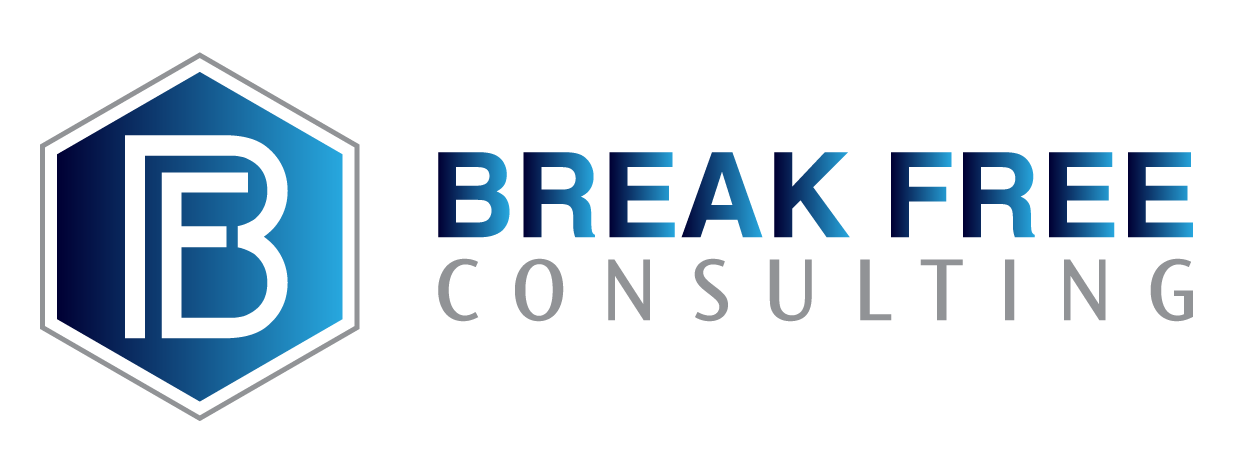 |
||
Why Not to Ask WhyI don’t know if this has ever happened to you…
When you look back on those events it can sometimes be hard to pinpoint what happened. Yet, often times, I’ve seen this occur because of one word… “Why?”
On the DefensiveTo many folks, “why” questions trigger their defense mechanisms. They may hear why as questioning their intelligence, their skills, their judgment, or their integrity. This will be perceived by their brain as a threat, and trigger an amygdala hijack. Very little if anything productive will take place after this occurs. The amygdala will cause their mind and body to react as if they are being attacked by a bear. When this fight, flight or freeze reaction occurs, the meeting or discussion will quickly go off track. How do you recognize this? They will typically want to run away or start punching people.
Better AlternativesSo what are your alternatives? Why don’t you think of some? Why are you wanting me to answer this for you? Okay, I’m just teasing you. What are some alternatives to the four questions above (respectively).
Can you sense the difference? You’re essentially asking why, but in a way that keeps their amygdala at bay and out of the picture. This will allow you to avoid the disagreement disparagement, disengagement, dismantlement, disappointment, and discouragement. It will lead to greater understanding and connections which, in turn, leads to greater buy-in, cooperation, and productivity. And, why wouldn’t you want that? 🙂 Please note: Why questions can be great for soliciting information but you can often do the same by asking the question without the why. If you do use why, be mindful of the level of trust between you and the person you are asking. The more trust, the less chance of the person becoming defensive and the greater chance of a meaningful discussion. If you’d like to leave a comment, click here. I’d love to hear from you. |
|
|
I would love to hear what you think about this edition of Breaking Free. Please leave your comments below.
|




